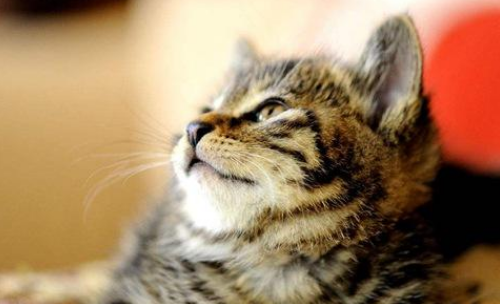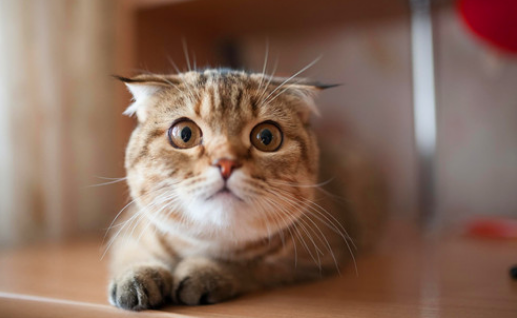The civet cat is not very well behaved when raised from a young age, the civet cat it is more independent and active and alert to its surroundings.
The civet is a large, sturdy cat with a beautiful spotted coat. Despite its less outwardly affectionate nature, it can be a loyal and friendly pet. Known for its clever hunting skills, the civet cat needs a large exercise space, so it is not suitable for living in captivity in a small apartment.

The civet cat has a very round head, very wide cheeks, two ears that are relatively far apart, ears that are very appropriately sized, with a wide root, deep earwalls, and a relatively rounded part located at the tip. The eyes are large and luminous, with a round almond kernel shape, and people currently recognize transitional colors ranging from yellow and gold to green. Usually it is the eyes that will appear with an eyeliner. The nose is long with a nasal line and appears brick red. The civet cat is moderately built with a relatively broad chest. The limbs, like the tail, are of moderate length and proportionate, with greater strength and muscularity.
Body type: moderate build, wide, deep and thick chest.
Head: The head is very round, with a short distance between the ears, a wide root and deep ears.
Eyes: The large round almond-shaped eyes are very bright.
Nose: The color is brick red, with a long nasal line.
Extremities: Strong and muscular extremities. Balance is very good. Length is moderate as is the tail.

Coat: The dorsal coat is made up of long and short hair groups, with very nice long lines.
Coat color: Mostly black and gray intermingled with short stripes.
The civet cat is independent, active and sensitive to changes in its surroundings, which can cause different degrees of psychological damage to them once the owner has changed. Adult civet cats do not like to play with people, but they will always be within sight of people. If owners prefer a subtle, confident and loyal cat breed, then the Cat is a good choice.

